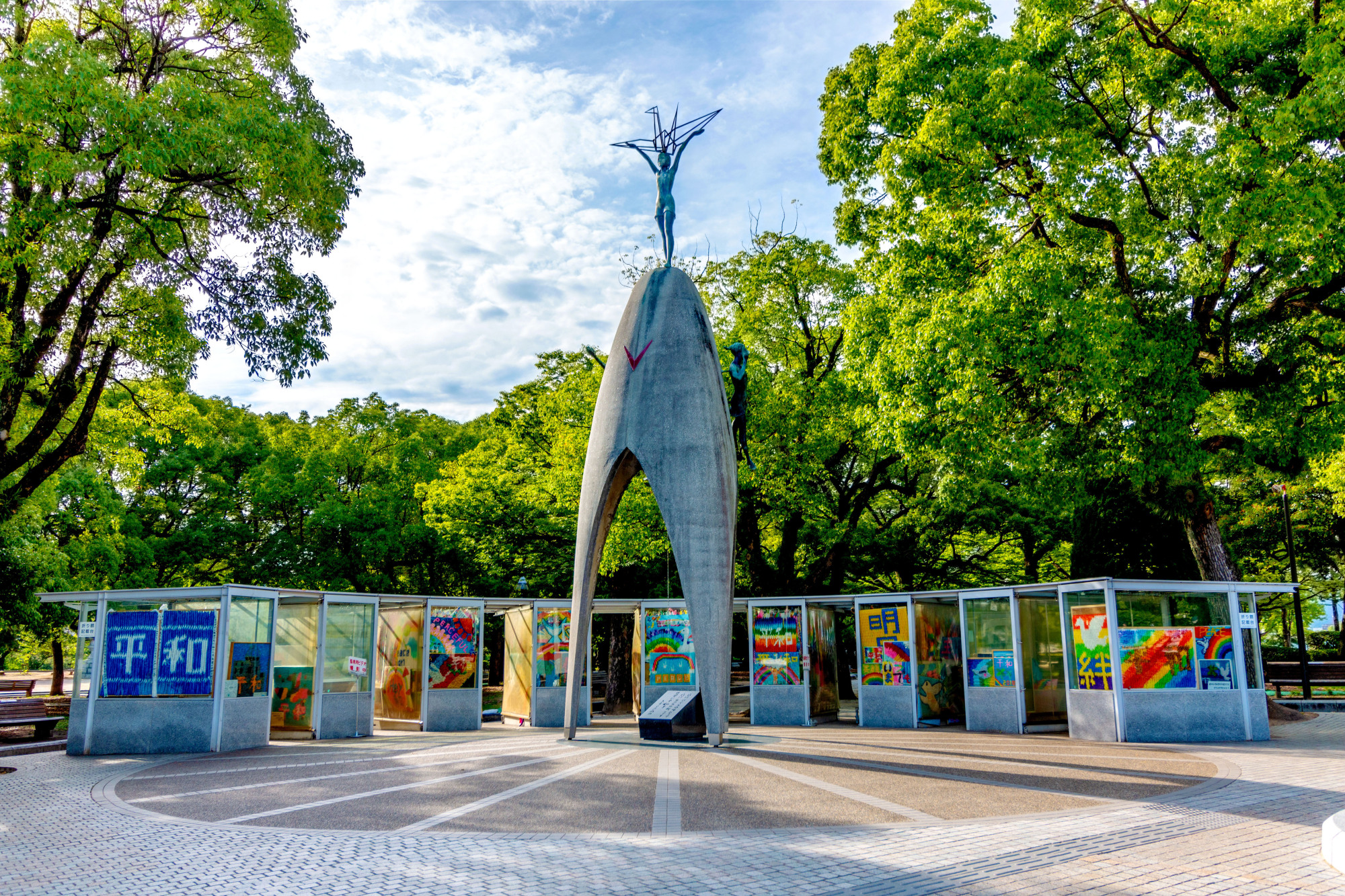"They called us the 'ragged class,'" recalls Tomiko Kawano of her sixth-grade group at Noboricho Elementary School in Hiroshima. "Half our class had lost family in the atomic bombing or were survivors themselves."
Among them was Sadako Sasaki, the now-famous little girl who developed acute leukemia 10 years after being exposed to radiation during the atomic bombing of Hiroshima. Inspired by the age-old Japanese belief that anyone who makes 1,000 origami cranes will see their wish come true, Sadako spent her last days folding paper cranes on her hospital bed in the hope she would recover.
Less known are Sadako's friends and classmates who, at Sadako's wake in 1955, swore an oath before her cremated remains that they would build a monument in her honor. Their efforts sparked a children's peace movement and fundraising campaign that swept through Japan and transformed the origami crane into an international symbol of peace. The Children's Peace Monument in the center of Hiroshima's Peace Memorial Park — the culmination of their efforts — celebrated its 60th anniversary this year.

















With your current subscription plan you can comment on stories. However, before writing your first comment, please create a display name in the Profile section of your subscriber account page.